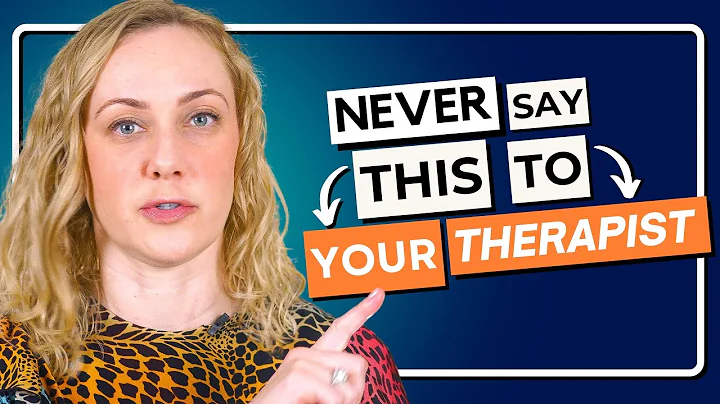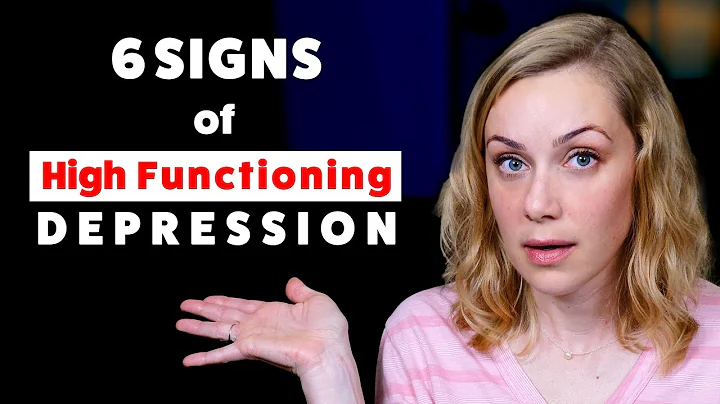
Special highlights
marketing Research consumer market , the core is to study consumers' purchasing behavior. Consumer purchasing behavior refers to various actions taken by consumers to obtain, use, and dispose of consumer goods or services, including decision-making processes that precede and determine these actions.

Consumers' purchasing behavior is affected and restricted by many factors, mainly including cultural factors, social factors, personal factors and psychological factors.
Psychological factors
Consumers' purchasing behavior is affected by major psychological factors such as motivation, perception, learning, belief and attitude.
01 Motivation
Motivation refers to an internal motivation for a person to launch and maintain his actions. It is a need to sublimate to a certain intensity. can promptly guide people to explore the goals that meet their needs. American psychologist Abraham Maslow believes that humans are animals with desires. What they need depends on what they already have. Only unmet needs can affect human behavior. Meeting needs are no longer a motivation. In the book "Motivation and People" published in 1954, proposed the human " Hierarchy of Demand Theory ", also known as Maslow's Motivation. This theory believes that human needs can be divided into five levels:
1, physiological needs, refers to the essential basic living material conditions in order to meet the survival, such as clothing, food, housing, transportation, etc., which is the most basic need of the human body.
2. Security needs, refers to meeting the needs of personal safety and health. Due to the improvement of living standards in my country, the demand for this aspect is increasing, such as health care products, life insurance, anti-theft items, etc.

3. Social needs, refers to the need to participate in social interactions and obtain social recognition and sense of belonging. Driven by this need, people will try to enhance emotional communication with others and establish various social connections.
4. Respect the need, refers to the need to be respected and gain a certain social status, honor and power in social activities. People buy high-end consumer goods such as high-end and expensive clothing, and obtaining high education is a manifestation of this demand.
5. Self-realization needs, refers to leveraging one's greatest potential and realizing ideal needs. Self-realization is the highest level of needs, and self-realization is an ideal person. Establishing unconditional caring and sincere relationships between people is the key to self-realization. Products that meet the needs of self-realization include books, education, knowledge, etc.
Maslow believes that in the same period, a person may have several needs, but in each period there is always a need to dominate and play a decisive role in behavior. People are the first to pursue the most urgent needs. After meeting the most urgent needs, they will turn to meeting the next urgent needs.

02 Perception
Perception is the overall reaction of the human brain to various parts or attributes of objective things that directly act on the sensory organs. In marketing, perception is more important than the actual situation because perception affects consumer behavior. Perception depends not only on the characteristics of the stimulus, but also on the relationship between the stimulus and its surroundings and the situation in which the individual is.
For example, facing an insurance salesman who talks endlessly about his insurance business, Mr. Chen may feel that the salesman's behavior is excessive or insecure enough, while Mr. Li may think that the salesman is smart and his introduction is conducive to his acceptance of the insurance business.
Different people will have different perceptions of the same stimulus because perception will go through three processes, is selective attention, selective misinterpretation and selective memory.
(1) Selective attention. Selective attention means that people can only perceive a few objects around them at the same time, while other objects are ignored. For example, it is estimated that on average, each person has more than 1,500 advertisements per day, but only 75 are perceived, while only 12 are producing actual results.

(2) Selective distortion. Selective distortion refers to people often selectively distorting certain information according to their existing ideas to make it conform to their intentions and then accept it. Due to selective distortions, the information accepted by consumers does not necessarily match the original appearance of the information. For example, a certain product has established credibility in the minds of consumers and formed a brand preference. Even if the quality of the brand declines for a period of time, consumers are unwilling to believe it; and even if the actual quality of another new brand is better than the former, consumers will not easily recognize it, and always think that the original brand is better.
(3) Selective memory . Selective memory refers to people only remembering information that is consistent with their own opinions and beliefs. For buyers, people tend to remember the advantages of their favorite branded products and forget the advantages of other competing branded products. selective memory is very beneficial to strong brands. This also reveals why many marketers constantly repeat information to target customers in order to ensure that their information is not missed.

03 Learning
Learning refers to changes in personal knowledge structure and behavior caused by acquired experience. Although most learning is accidental, human behavior (including purchasing behavior) mostly comes from learning. When a consumer is deceived and buys defective products that cannot be returned from a mail order company, he or she learns that he or she will never be able to buy things in that company in the future. Humans learn to gain the potential to perform adaptive behaviors in the future.
(1) Driver. refers to the internal stimulation that exists in the human body that drives people to act, that is, internal needs. Psychologists divide driving force into original driving force and learning driving force . Primitive driving force refers to innate internal stimulation forces formed innately, such as hunger, thirst, and escaping pain. Learning drive force refers to the inherent stimulation force formed by the acquired nature. Such as fear, greed, etc. If the internal driving force is not satisfied, the consumer will be in a state of tension.
(2) stimulant. refers to something that can satisfy one's inner driving force. For example, when people feel hungry, drinks and food are irritants. When driving forces act and search for corresponding stimuli, it becomes the motivation.

(3) trigger . refers to the factors that stimulants can attract consumers to buy. All marketing factors can be triggered, such as the variety, performance, quality, trademark, packaging, service, price, sales channels, personnel promotion, exhibitions, advertising, etc. of stimulus.
(4) reaction. refers to the reaction or reflex behavior of driving force on stimuli with certain inducements, such as whether to decide to buy and how to buy.
(5) Strengthen. refers to the effect of driving force after reacting to stimuli with certain inducement. If the effect is good, the reaction will be enhanced, and the same reaction will be prone to occur when encountering the same stimulus in the future; if the effect is not satisfactory, the reaction will be weakened, and there will be no reaction in the future even if the stimulus with the same trigger.

04 Belief and Attitude
Through learning, people gain their own beliefs and attitudes, and beliefs and attitudes in turn affect people's purchasing behavior. Belief refers to the depictive thoughts a person holds about something.
For example, when consumers know a lot about a certain brand of products, they may establish some relevant beliefs in their ideas, such as the quality of the brand of products is reliable, the price is reasonable, and the service is satisfactory, and it is wise to buy products from this brand. Marketers should attach great importance to customers' beliefs about the company or brand. If finds that the customer's beliefs are wrong and hinders his purchasing behavior, they should use effective promotional methods to influence or correct these beliefs.
Attitude refers to a person's long-term understanding of good and bad things, emotional feelings and behavioral tendencies. Attitudes form a structure in people's minds: like or dislike something, be close or alienated. attitude makes people behave quite consistently towards similar things. Because attitude can save energy and brain power, and it is very difficult to change. It is best for a company to align its products with existing attitudes, rather than try to change people's attitudes.

This article is excerpted from the book "Marketing (Second Edition)" edited by Chen Qinlan, Su Zhaohui, Hu Jin and others. If there is any infringement, please contact us to delete











